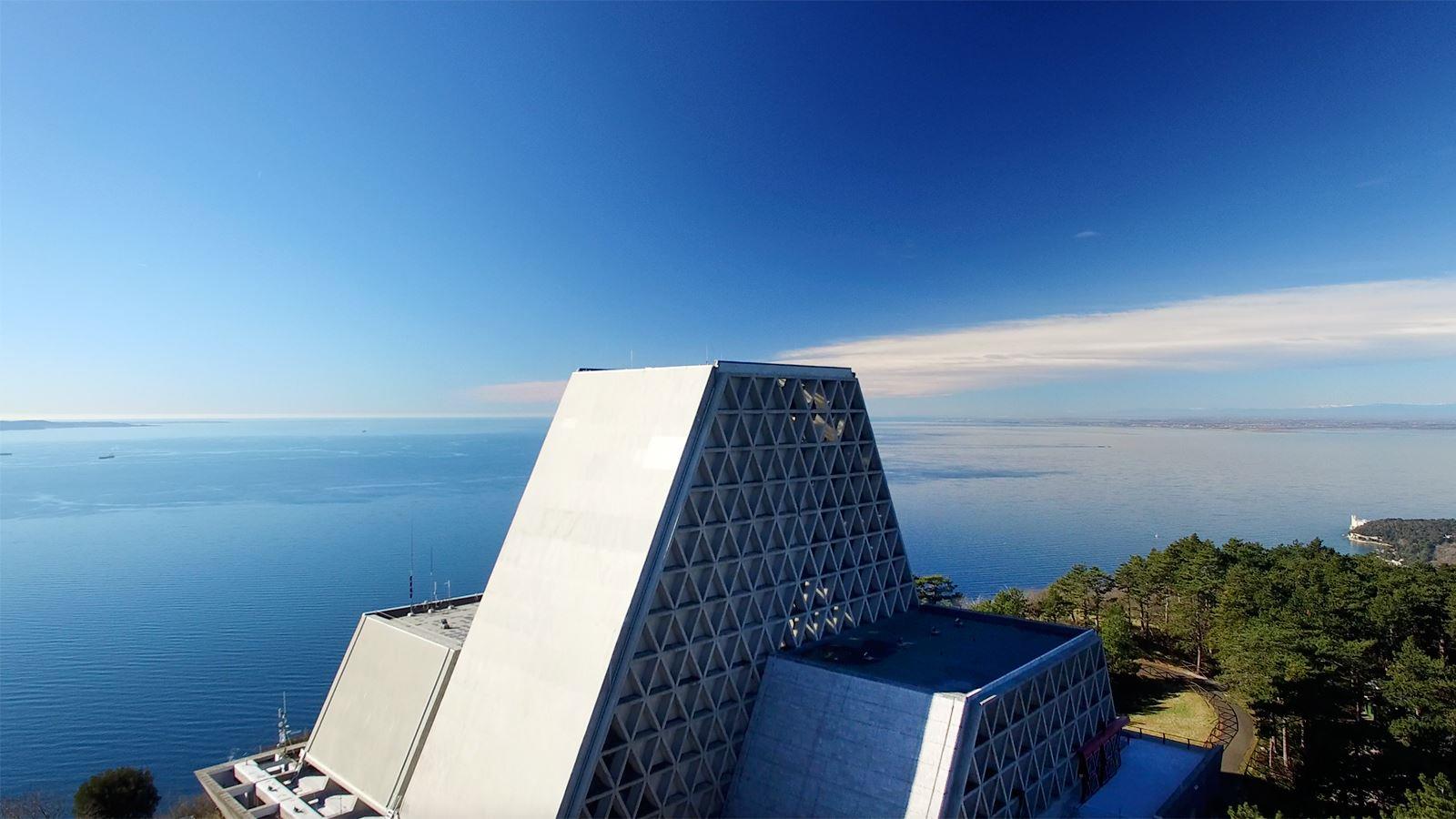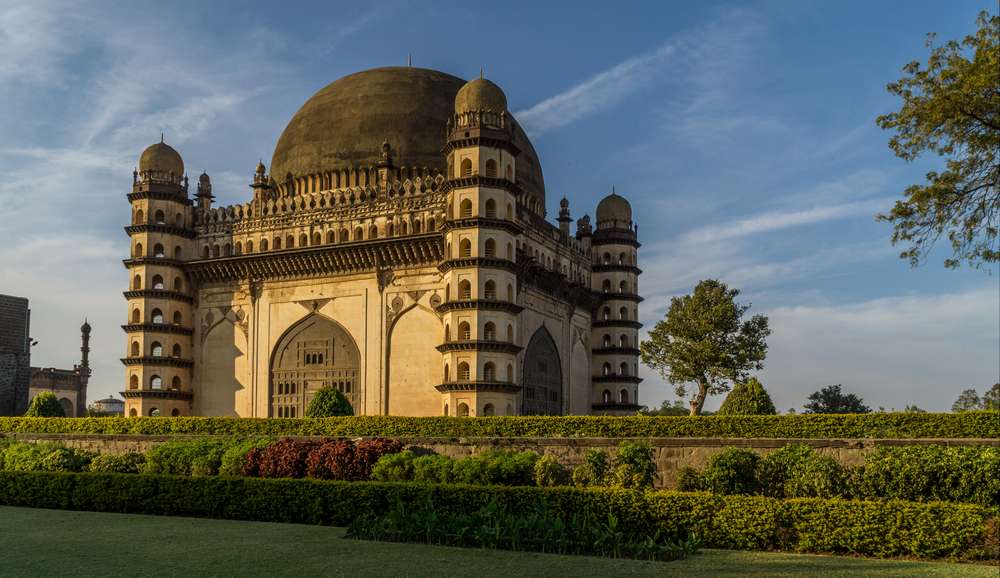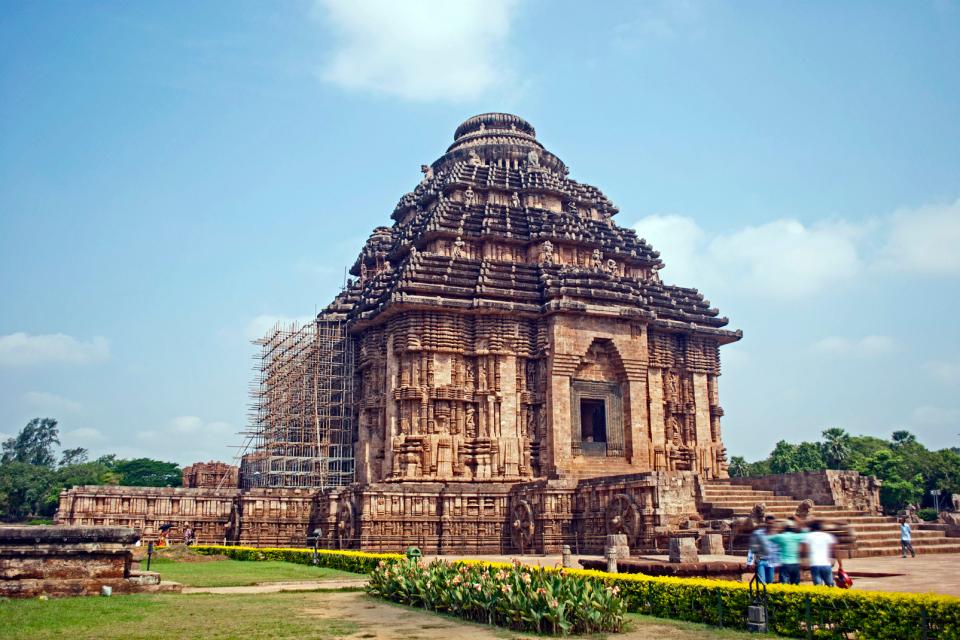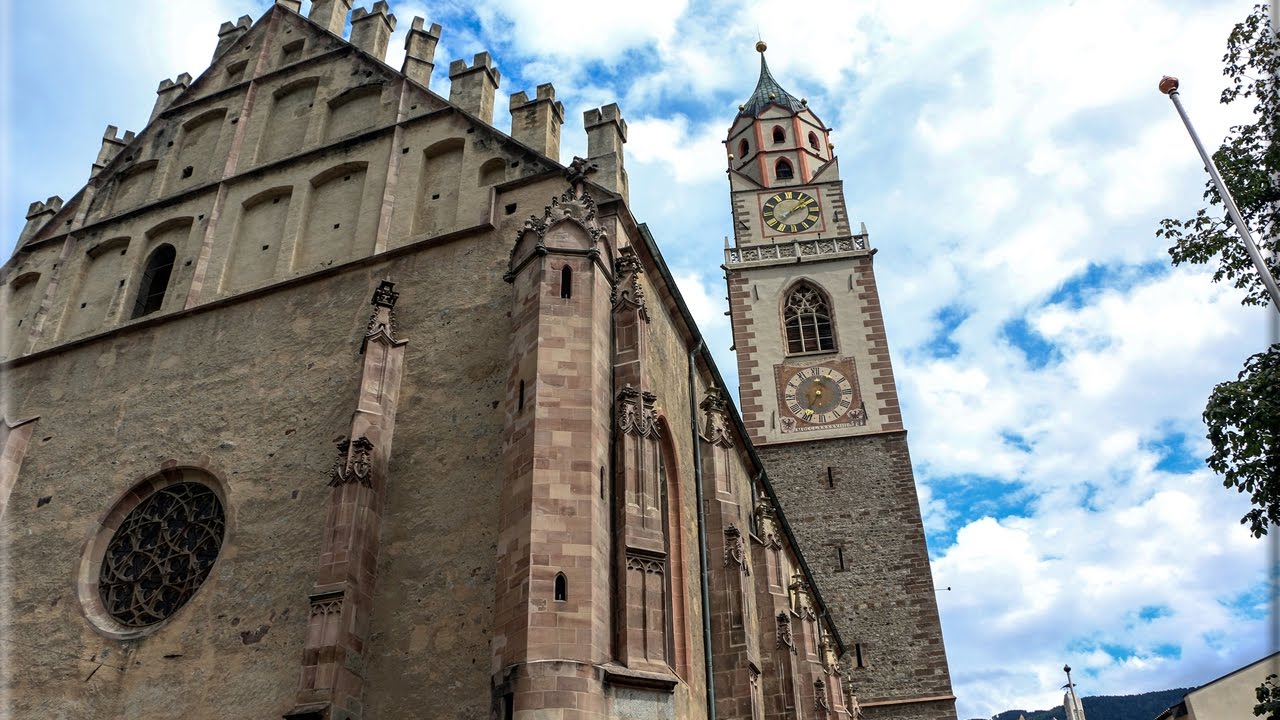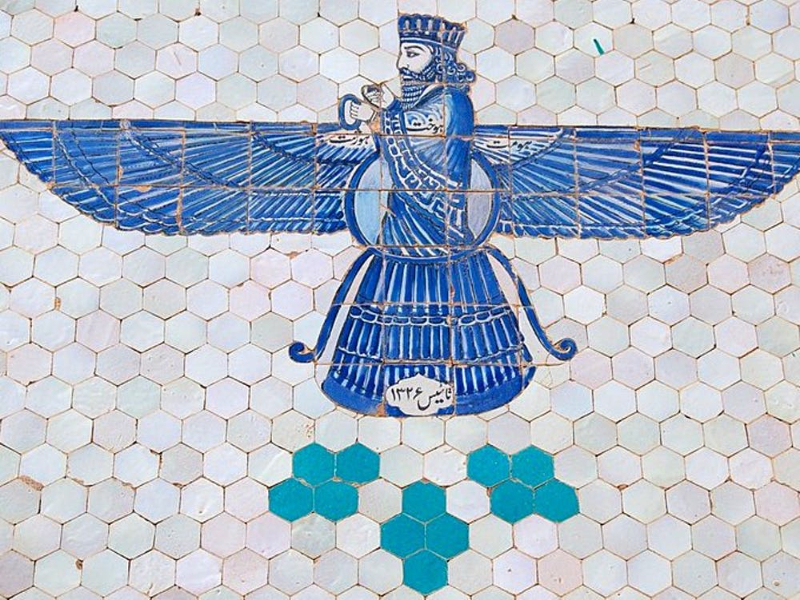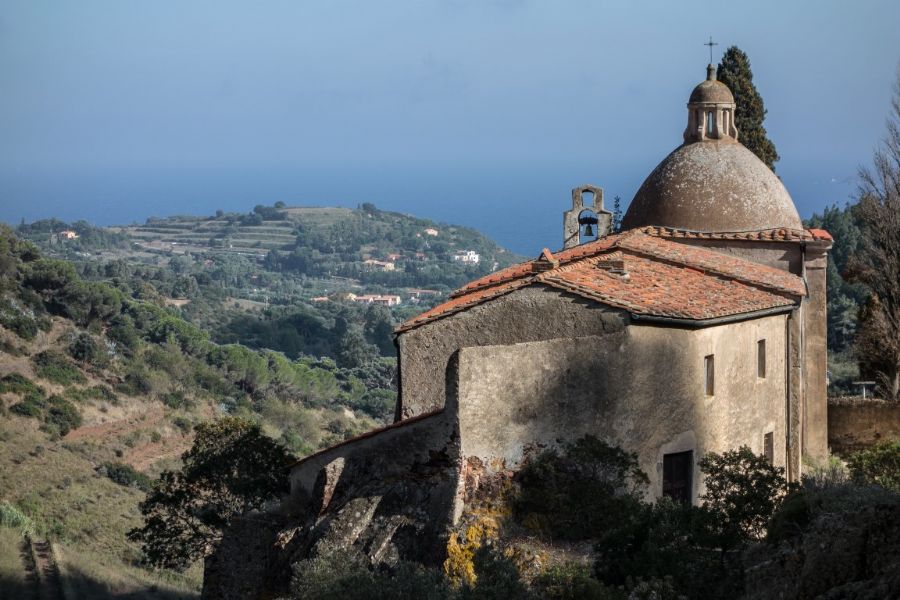A Benedictine women’s monastery, built by the last Longobard king Desiderius and his wife Ansa in 753 A.D., San Salvatore – Santa Giulia played a leading role – religious, political and economic – even after the defeat of the Longobards by Charlemagne.
Tradition, taken up by Manzoni in the Adelchi, wants that in Santa Giulia the dramatic story of Ermengarda, daughter of King Desiderio and repudiated wife of the Frankish Emperor, took place.
Place of historical memories stratified over the centuries and continuous source of surprising discoveries, the monastic complex is a visible interweaving of ages.
Built on an area already occupied in Roman times by important Domus, it includes the Longobard basilica of San Salvatore and its crypt, the Romanesque oratory of Santa Maria in Solario, the Nuns’ Choir, the 16th century church of Santa Giulia and the cloisters.


